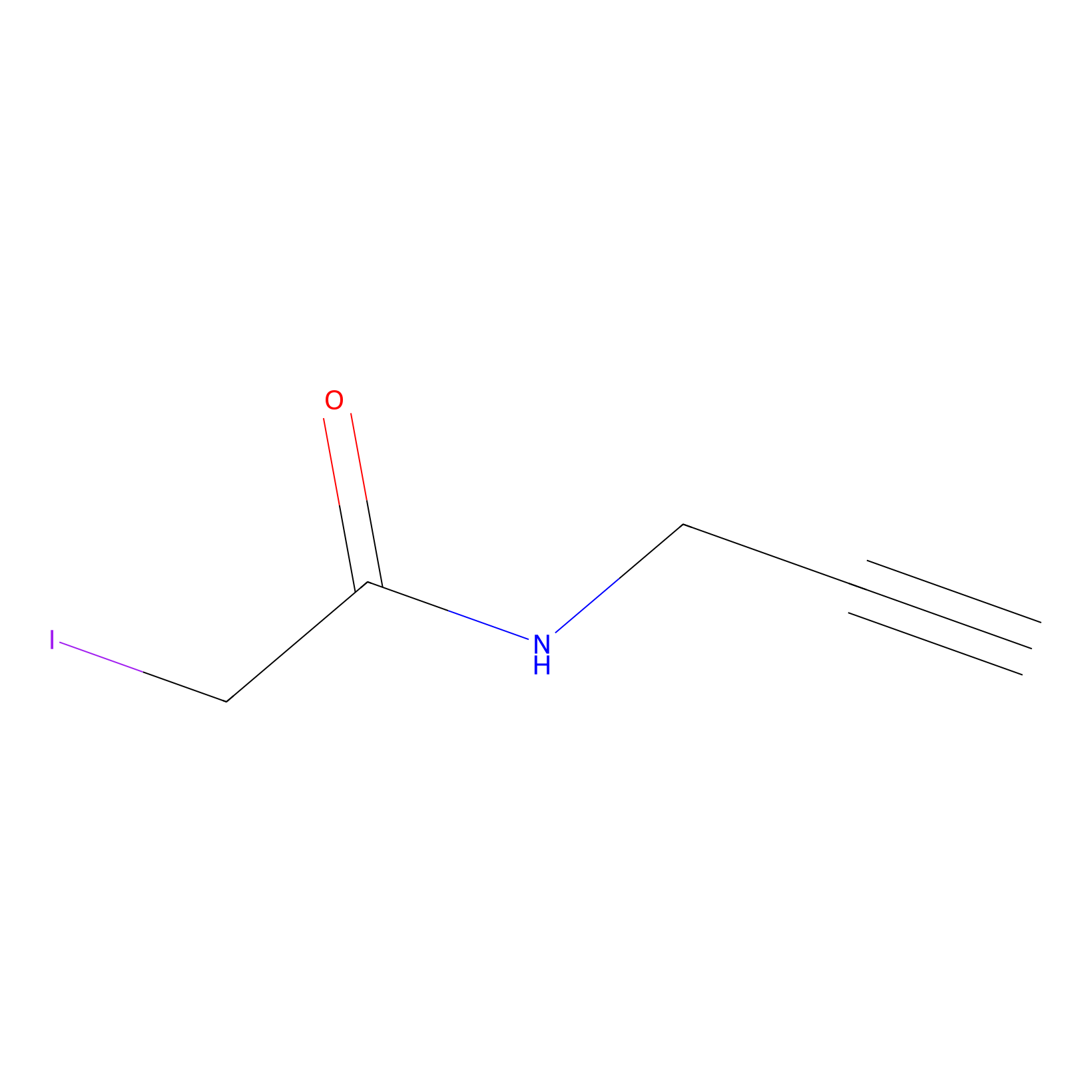Details of the Target
General Information of Target
| Target ID | LDTP11900 | |||||
|---|---|---|---|---|---|---|
| Target Name | Frizzled-8 (FZD8) | |||||
| Gene Name | FZD8 | |||||
| Gene ID | 8325 | |||||
| Synonyms |
Frizzled-8; Fz-8; hFz8 |
|||||
| 3D Structure | ||||||
| Sequence |
MSVFGKLFGAGGGKAGKGGPTPQEAIQRLRDTEEMLSKKQEFLEKKIEQELTAAKKHGTK
NKRAALQALKRKKRYEKQLAQIDGTLSTIEFQREALENANTNTEVLKNMGYAAKAMKAAH DNMDIDKVDELMQDIADQQELAEEISTAISKPVGFGEEFDEDELMAELEELEQEELDKNL LEISGPETVPLPNVPSIALPSKPAKKKEEEDDDMKELENWAGSM |
|||||
| Target Bioclass |
GPCR
|
|||||
| Family |
G-protein coupled receptor Fz/Smo family
|
|||||
| Subcellular location |
Membrane
|
|||||
| Function |
Receptor for Wnt proteins. Component of the Wnt-Fzd-LRP5-LRP6 complex that triggers beta-catenin signaling through inducing aggregation of receptor-ligand complexes into ribosome-sized signalosomes. The beta-catenin canonical signaling pathway leads to the activation of disheveled proteins, inhibition of GSK-3 kinase, nuclear accumulation of beta-catenin and activation of Wnt target genes. A second signaling pathway involving PKC and calcium fluxes has been seen for some family members, but it is not yet clear if it represents a distinct pathway or if it can be integrated in the canonical pathway, as PKC seems to be required for Wnt-mediated inactivation of GSK-3 kinase. Both pathways seem to involve interactions with G-proteins. May be involved in transduction and intercellular transmission of polarity information during tissue morphogenesis and/or in differentiated tissues. Coreceptor along with RYK of Wnt proteins, such as WNT1.
|
|||||
| Uniprot ID | ||||||
| Ensemble ID | ||||||
| HGNC ID | ||||||
| ChEMBL ID | ||||||
Probe(s) Labeling This Target
ABPP Probe
| Probe name | Structure | Binding Site(Ratio) | Interaction ID | Ref | |
|---|---|---|---|---|---|
|
IPM Probe Info |
 |
N.A. | LDD2156 | [1] | |
The Interaction Atlas With This Target
